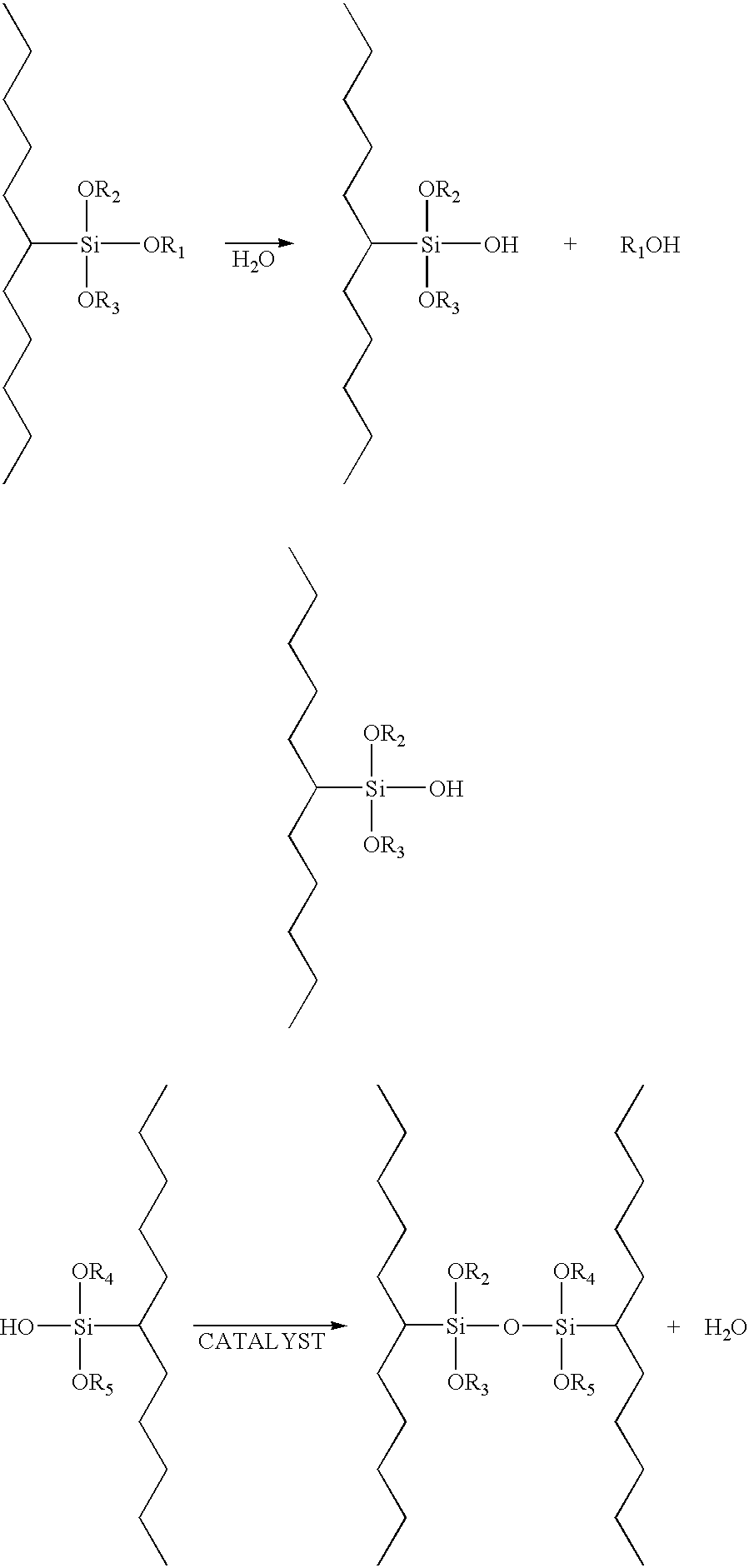Organic PTC thermistor
a positive temperature coefficient and thermistor technology, applied in the direction of resistive material coating, heater elements, non-conductive materials with dispersed conductive materials, etc., can solve the problems of insufficient ptc characteristics, inability to find a good compromise between a high initial or room temperature resistance and a large resistance change rate, etc., to achieve a large resistance change, reduce room temperature resistance, and increase resistance
- Summary
- Abstract
- Description
- Claims
- Application Information
AI Technical Summary
Benefits of technology
Problems solved by technology
Method used
Image
Examples
example 1
Linear low-density polyethylene (UJ960 by Nippon Polychem Co., Ltd. with an MFR of 5.0 g / 10 min. at 190.degree. C. and 2.16 kg load, a density of 0.935 g / cm.sup.3, and a melting point of 135.degree. C.) and a thermoplastic olefin elastomer (Milastomer 6030N by Mitsui Chemical Co., Ltd. with an MFR of 50 g / 10 min. at 230.degree. C. and 10 kg load, a density of 0.890 g / cm.sup.3, and a melting point of 165.degree. C.) were used as the polymer matrix. The low-molecular organic compound used was paraffin wax (HNP-10 by Nippon Seiro Co., Ltd. with a melting point of 75.degree. C.). The conductive particles used was filamentary nickel powder (Type 255 Nickel Powder by INCO Ltd.) which had an average particle diameter of 2.2 to 2.8 .mu.m, an apparent density of 0.5 to 0.65 g / cm.sup.3, and a specific surface area of 0.68 m.sup.2 / g. The weight ratio of polyethylene: thermoplastic elastomer: paraffin wax was 5:2:3. The amount of the nickel powder was 6 times the total weight of the polyethyle...
example 2
Polystyrene (HH102 by Mitsubishi Chemical Co., Ltd. with an MFR of 3.0 g / 10 min. at 200.degree. C. and 5 kg load, a density of 1.05 g / cm.sup.3) and a thermoplastic styrene elastomer (Kraton G1657 by Shell with an MFR of 9 g / 10 min. at 230.degree. C. and 2.16 kg load, a density of 0.900 g / cm.sup.3) were used as the polymer matrix. The low-molecular organic compound used was paraffin wax (HNP-10 by Nippon Seiro Co., Ltd. with a melting point of 75.degree. C.). The conductive particles used was filamentary nickel powder (Type 255 Nickel Powder by INCO Ltd.) which had an average particle diameter of 2.2 to 2.8 .mu.m, an apparent density of 0.5 to 0.65 g / cm.sup.3, and a specific surface area of 0.68 m.sup.2 / g. The weight ratio of polystyrene: thermoplastic elastomer: paraffin wax was 2:4:4. The amount of the nickel powder was 6 times the total weight of the polystyrene, thermoplastic elastomer and paraffin wax. They were mixed in a mill at 150.degree. C. for 15 minutes.
The milled mixtur...
example 3
The thermosetting polymer used was a mixture of 20 g of bisphenol A type epoxy resin (Epikote 801 by Yuka Shell Co., Ltd.) and 10 g of a modified amine curing agent (Epomate B002 by Yuka Shell Co., Ltd.). The thermoplastic elastomer used was a thermoplastic olefin elastomer (Milastomer 6030N by Mitsui Chemical Co., Ltd. with an MFR of 50 g / 10 min. at 230.degree. C. and 10 kg load). The low-molecular organic compound used was paraffin wax (HNP-10 by Nippon Seiro Co., Ltd. with a melting point of 75.degree. C.). The conductive particles used was filamentary nickel powder (Type 255 Nickel Powder by INCO Ltd.) which had an average particle diameter of 2.2 to 2.8 .mu.m, an apparent density of 0.5 to 0.65 g / cm.sup.3, and a specific surface area of 0.68 m.sup.2 / g. Using a centrifugal dispersing machine, 20 g of bisphenol A type epoxy resin, 10 g of the modified amine curing agent, 8 g of thermoplastic olefin elastomer, and 12 g of paraffin wax were mixed in 30 ml of toluene for 10 minutes...
PUM
| Property | Measurement | Unit |
|---|---|---|
| melting point | aaaaa | aaaaa |
| melting point | aaaaa | aaaaa |
| melting point | aaaaa | aaaaa |
Abstract
Description
Claims
Application Information
 Login to View More
Login to View More - R&D
- Intellectual Property
- Life Sciences
- Materials
- Tech Scout
- Unparalleled Data Quality
- Higher Quality Content
- 60% Fewer Hallucinations
Browse by: Latest US Patents, China's latest patents, Technical Efficacy Thesaurus, Application Domain, Technology Topic, Popular Technical Reports.
© 2025 PatSnap. All rights reserved.Legal|Privacy policy|Modern Slavery Act Transparency Statement|Sitemap|About US| Contact US: help@patsnap.com



